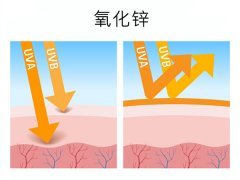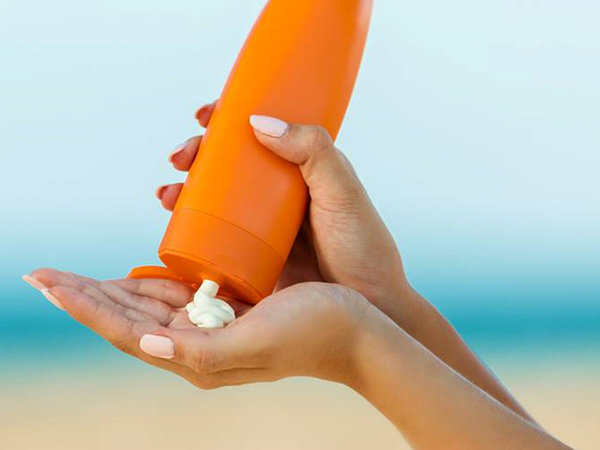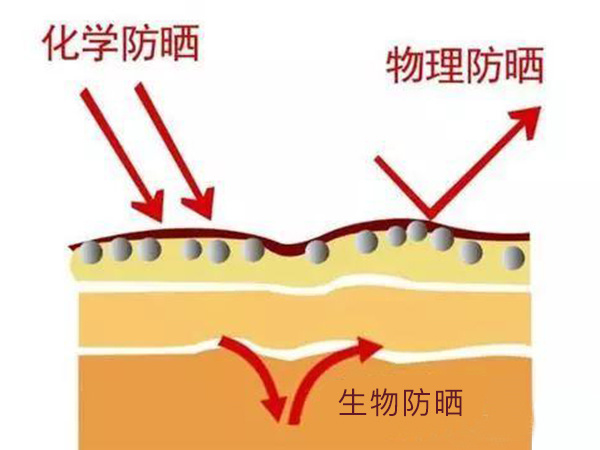
The difference between zinc oxide, cinnamic acid and biological sunscreen
2020-08-26
According to the composition of sunscreen, sunscreen is divided into three categories: physical sunscreen, chemical sunscreen and biological sunscreen. The following is an introduction to the principles of these three sunscreens, so that you can better understand the differences between them.
-Physical sunscreen

Sun protection is achieved by shielding ultraviolet rays through light reflection. The main ingredients are titanium dioxide and zinc oxide, which have a certain concealer effect. When applied to the skin, there will be an illusion of foundation make-up. Zinc oxide is one of the most widely used physical sunscreen agents, which can block the radiation of UVA and UVB bands, and is safe and non-irritating. Zinc oxide is a white hexagonal crystal, insoluble in water and soluble in acidic substances, with high safety, but it will become white and sticky when applied to the skin.
-Chemical sunscreen

By absorbing ultraviolet rays, it can be converted into heat and then released to achieve sunscreen effect. The main ingredients are p-aminobenzoic acid, cinnamic acid and benzophenone, which are mostly colorless for skin. Here, for example, cinnamic acid can be added to sunscreen, which has the effect of inhibiting the formation of black tyrosinase, has a certain insulating effect on ultraviolet rays, and can make brown spots light, even disappear. It is one of the essential ingredients in advanced sunscreen. The significant antioxidant effect of cinnamic acid has a good effect on reducing the appearance of wrinkles.
-Biological sunscreen

Biological sunscreen mainly includes vitamin C, vitamin E, nicotinamide β- Carotene and plant extracts can reduce oxidizing substances and effectively eliminate free radicals, and inhibit melanin synthesis. So as to block or slow down the tissue damage or promote the repair after sunburn, and play the role of indirect sunscreen.
The three kinds of sunscreen products have their own advantages and disadvantages. Physical sunscreen products have less damage to the skin, but they are thick, easy to block pores, and are not suitable for acne; Chemical sunscreen is relatively refreshing, but the added chemical component muscle matrix is easy to stimulate the skin and is not suitable for sensitive muscles; Plant sunscreen has both advantages and can be selected as appropriate.
2020
/
08-26
Category:
Industry News
Related information—


